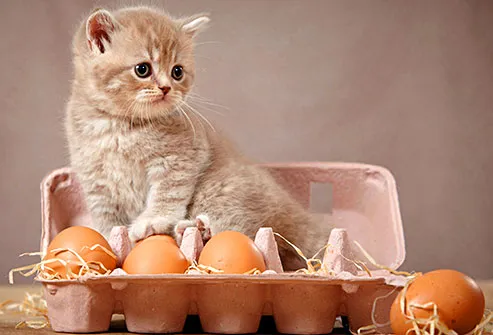Cats like to be curious and are not always cautious. Sometimes their curiosity can get them in trouble. For instance, if you don’t have your cleaners locked up in a cabinet then your cat may get into them. Sure, your cat may not do it on purpose, but in her roaming and hunting for whatever prey she thinks she sees, she may accidentally spill cleaner on herself. If this happens, check the type of cleaner and find out the main active ingredient and call your vet. You may be advised to flush the cat’s eye with fresh water. This could help prevent any type of burn or chemical damage. You may also need to contact a poison control hotline for pets to find out any type of treatment information related to the ingredients in the cleaning solution. Learn more here or call your pet clinic Louisville, CO.






